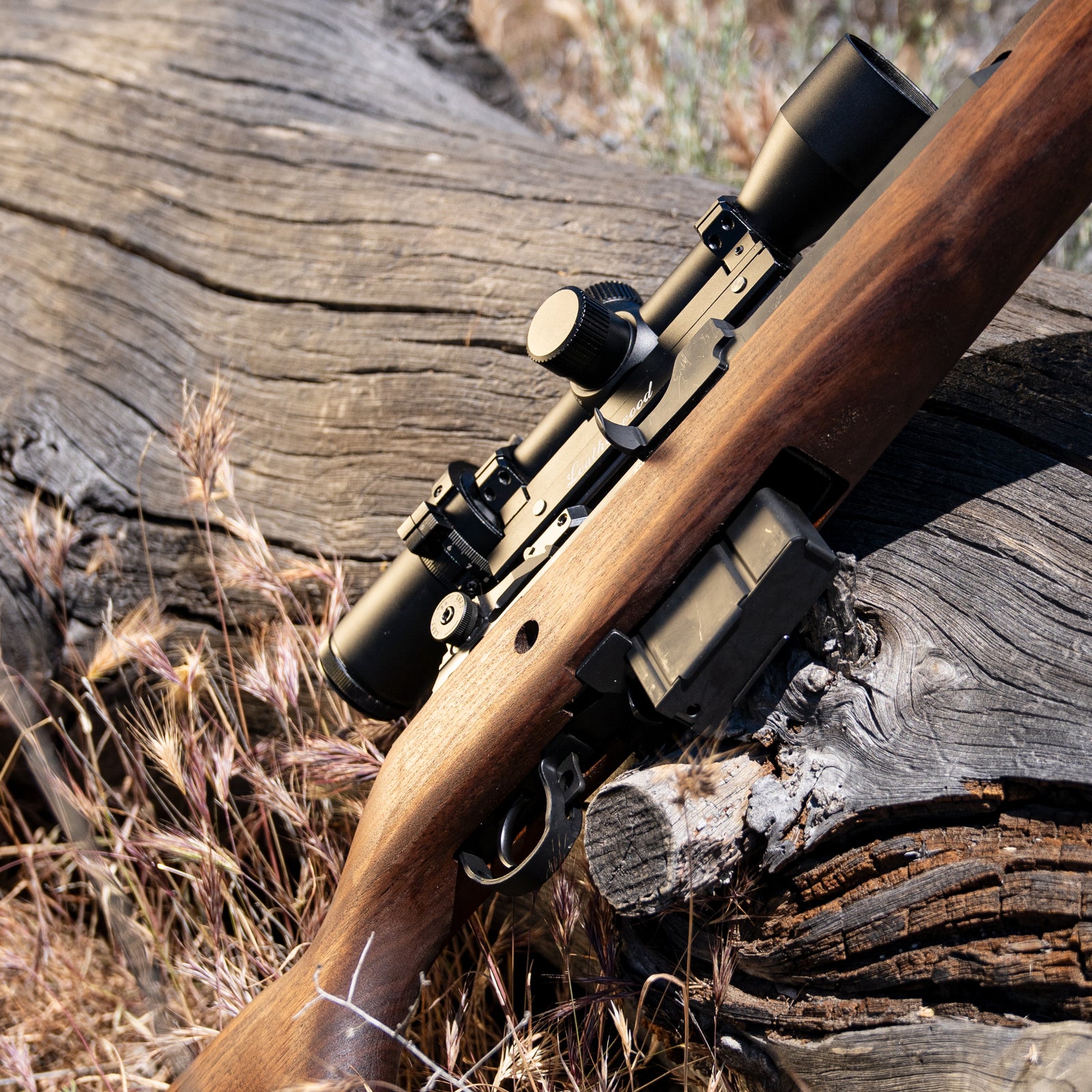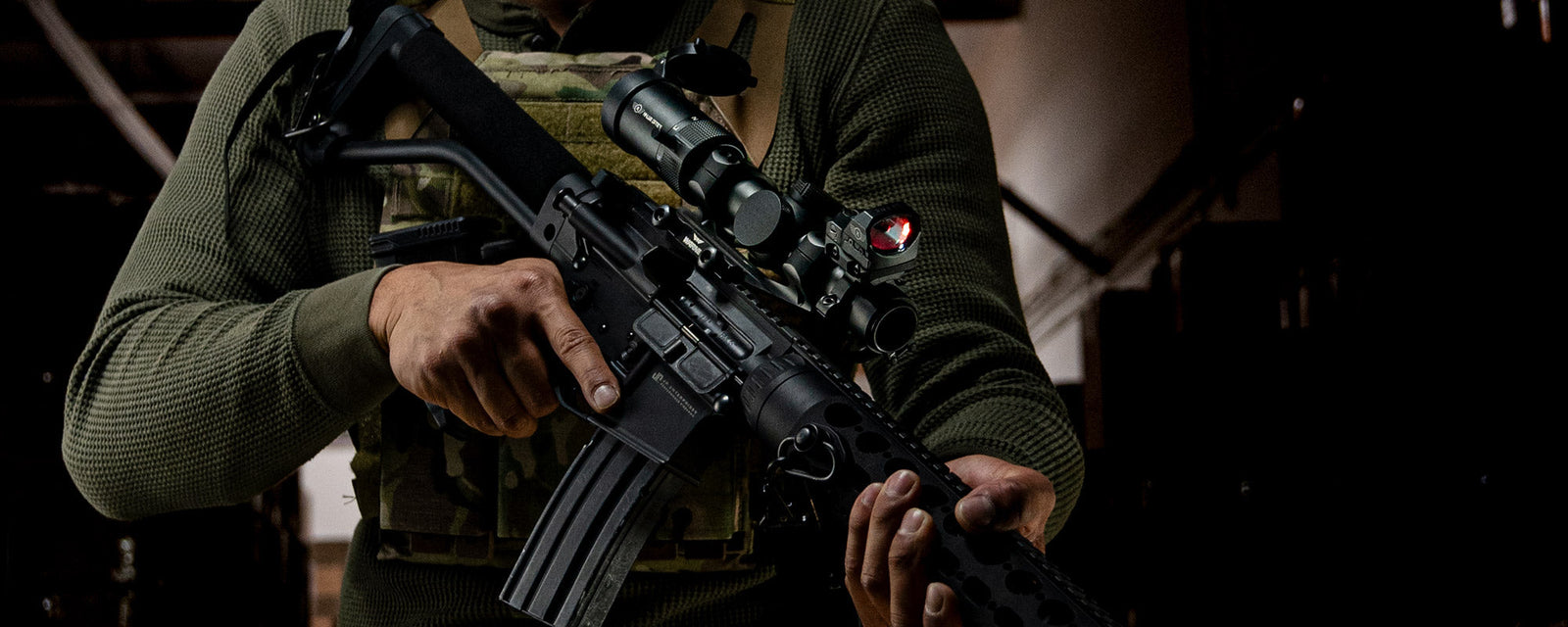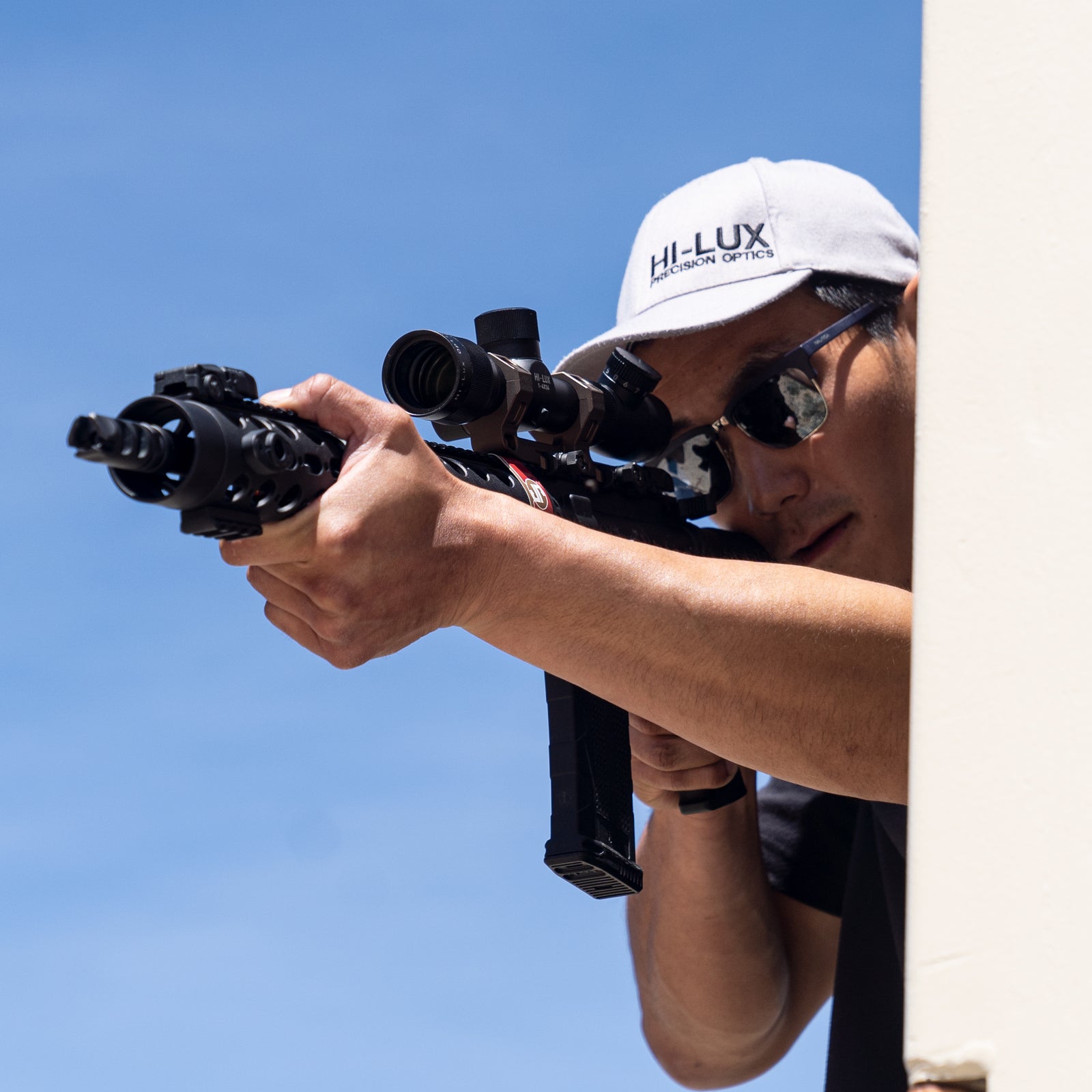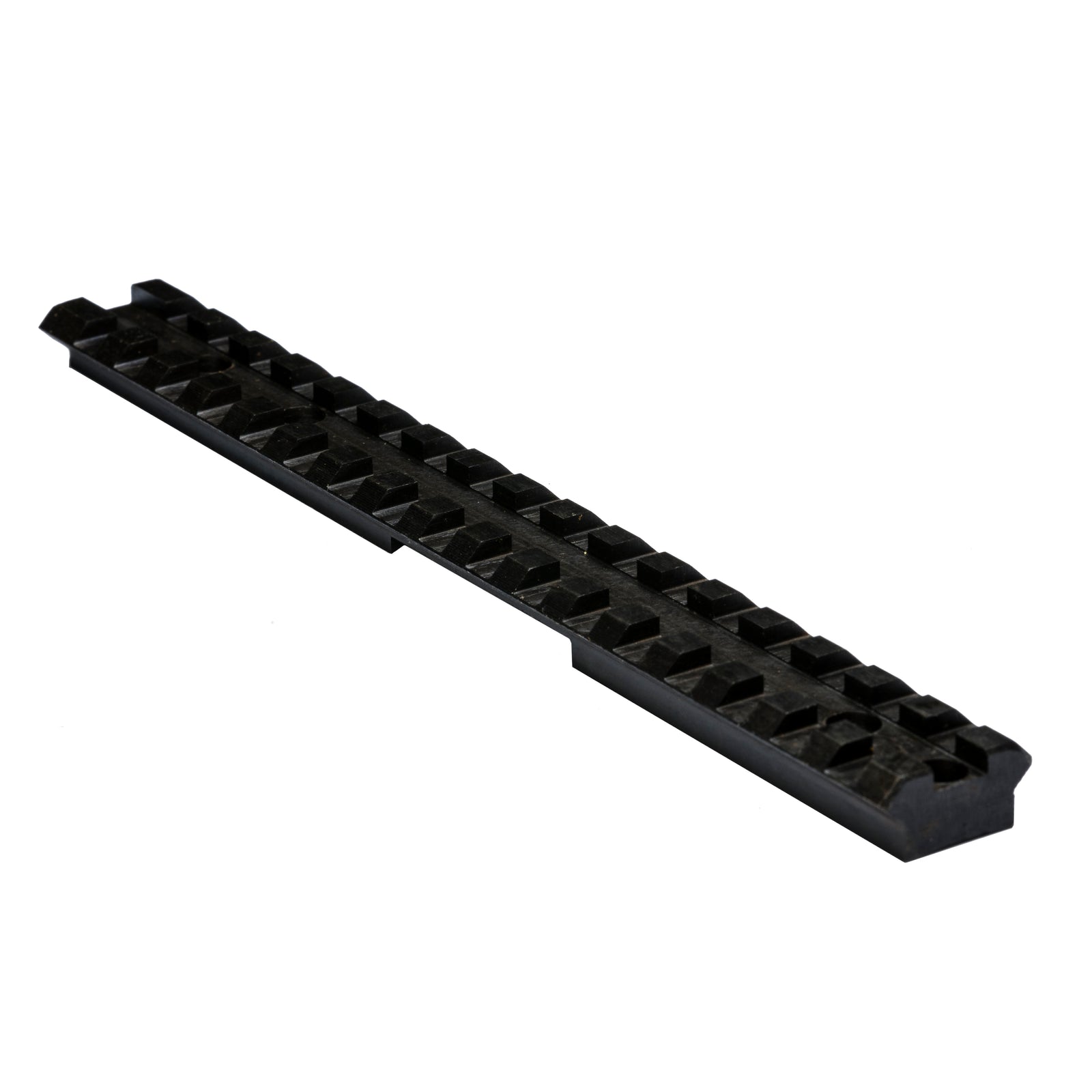At the end of the day, the M14 and M1A are remarkably similar. Even the names are written with characters of nearly the same shape! There is, however, one notable difference - the M14 has a receiver milled in just such a way that the rifle could be configured for full auto fire.
Let's dive in to the rest of the details.

The History
The M14 rifle was first issued to the military in 1956 to replace the Garand, and became standard issue by 1957. It is largely considered the last battle rifle issued in quantity to the military, and was eventually replaced by the M16 in 1967. For those 11 years, over 1 million copies of the M14 were produced by Winchester, Springfield Armory, and Harrington & Richardson.
The M14 itself was a design intended to replace (and be based on) the Garand. Any story about Garand-based designs is incomplete without discussing the ammo more specifically - the 7.62x51mm NATO, similar in many regards to .308 Win. The Garand used .30-06, which had been in service for more than a couple decades prior to the Garand's entry into the theatre of war. Bulky, heavy, and oddly capable for long range fire, the .30-06's size and load were based on earlier smokeless powders. A new ball powder developed by Olin Industries allowed the creation of a .30 caliber cartridge with similar ballistics, though shortened to the length of a .300 Savage. The new ammunition, dubbed the T65 (7.62x49mm), was created for the experimental T25 rifle. A few variations later, and the T65 cartridge was given a new bullet design alongside its slightly resized case. The 7.62x51mm NATO round was born.
Another characteristic of the post-Garand rifle designs was that of a detachable magazine. Certain earlier experiments involved trying to turn the Garand into a select-fire rifle, which ultimately were limited by the box magazine of the Garand. There wasn't much room for the quantity of rounds needed for automatic fire. A detachable magazine became a must.
The rifle design itself was selected due to a slight fabrication of the truth. Testing was conducted between many different designs, with two patterns eventually going head-to-head: the T48 (based on the FAL) and the T44 (more closely based on the M1). The T48 suffered many more malfunctions in early testing, but eventually got its failure rate down to that of the T44. The winning design, the T44, was ultimately selected because it could supposedly be manufactured largely with existing tooling for the M1. This was not true, but it sounded good. The T44 gained the designation of M14, and was built to utilize the final form of the T65 cartridge.
In truth, the M14 was meant to replace 4 guns : the M1 Garand, M1 Carbine, M3 submachine gun, and the BAR (Browning Automatic Rifle). It did not quite succeed at this, being too powerful to be a submachine gun and too light to replace the BAR. Still, it was adequate, and cut down on the variety of replacement parts or cartridges needed to keep troops supplied.
The M1A
In 1971, Springfield Armory released the M1A. The design was essentially an M14, though intended for the civilian market. Even from its early days, the key difference lay in the lack of a selector switch (and the receiver cutout to fit the switch and component parts).
A few other changed accrued over time: The 1994 Assault Weapons Ban made attaching a bayonet lug a no-go. Even with the later expiration of the ban, the bayonet lug was no longer manufactured for the M1A. It's possible to attach a lug to the rifle by swapping out the flash suppressor, though this brings me to the second alteration.
The California Assault Weapons Ban forced the flash suppressor to change (on this and other rifles with detachable magazines). In place of the flash suppressor, a muzzle brake was crafted for the California market. As it turned out, the new muzzle brake made the rifle easier to control, limiting the upward motion of the muzzle during recoil. It did not, however, leave room for a later bayonet lug.





Paul Cote
January 02, 2025
The garand used enbloc clips of 8 rounds! Although you can get 5 and 2 round ones for target shooting events!